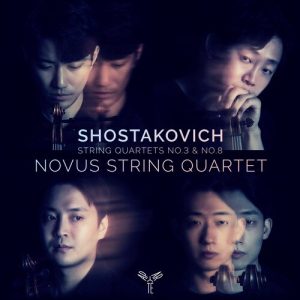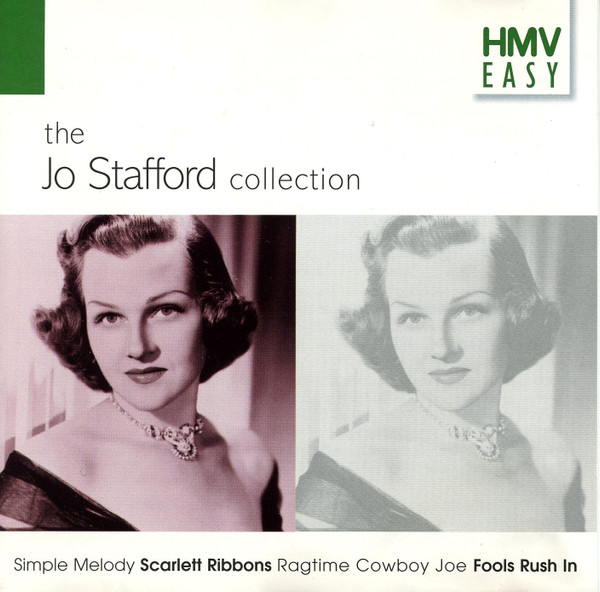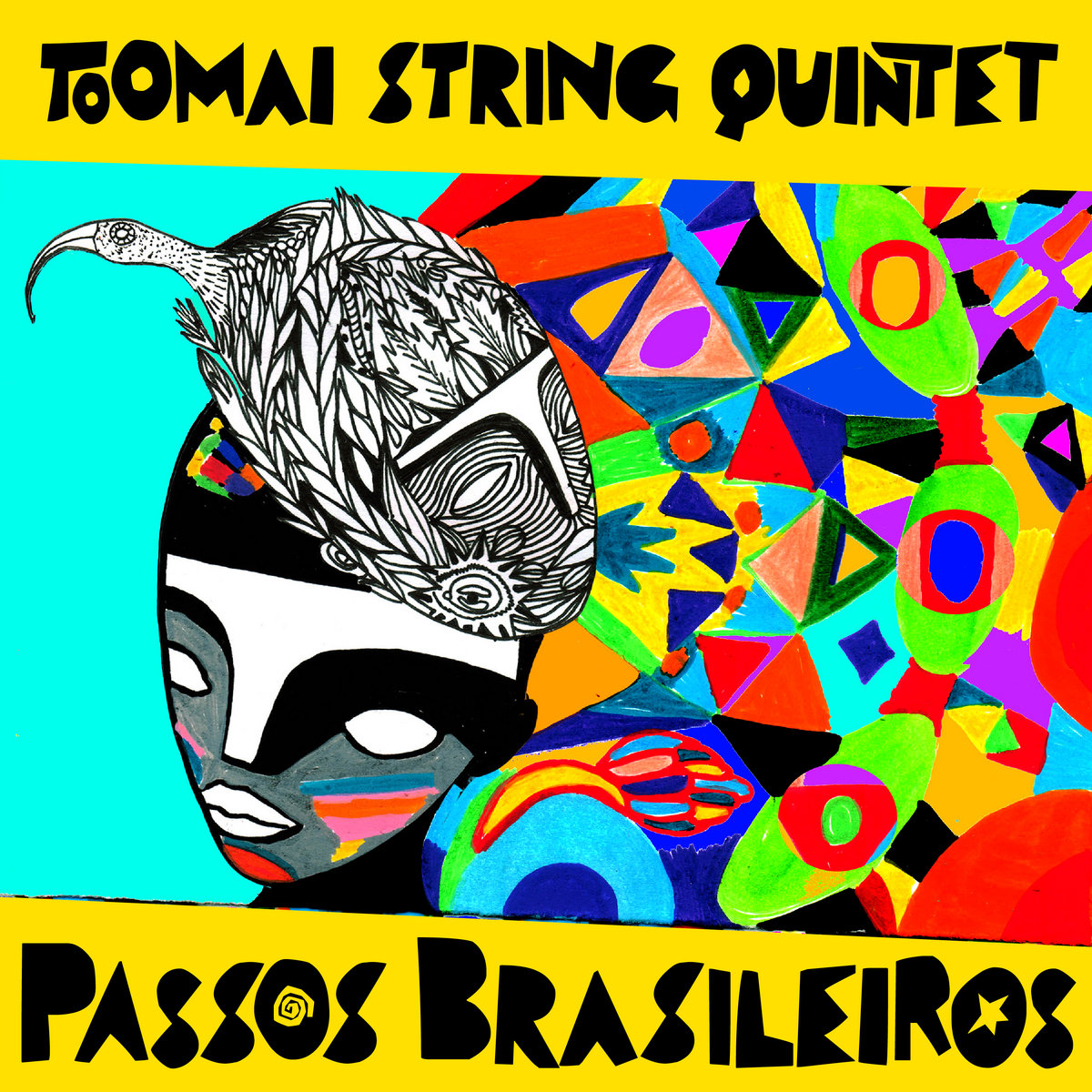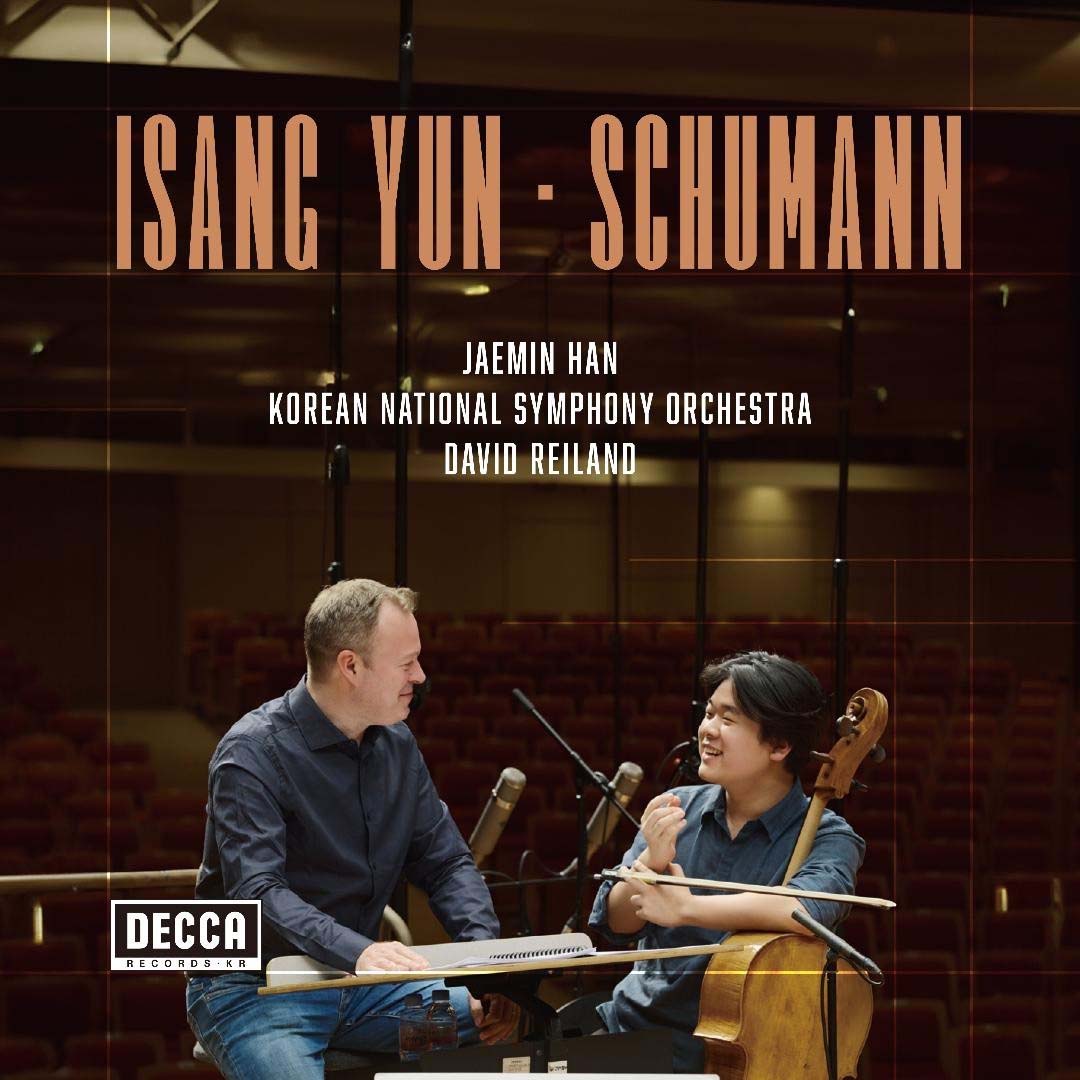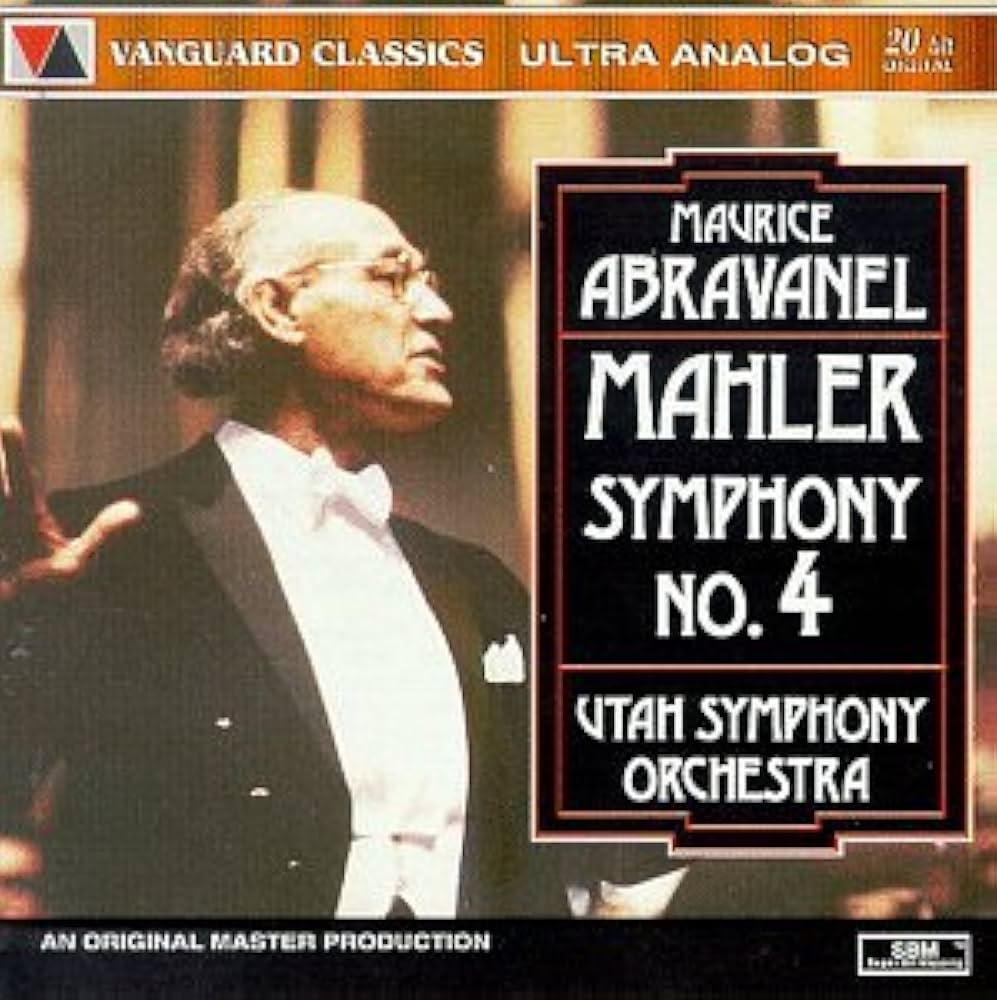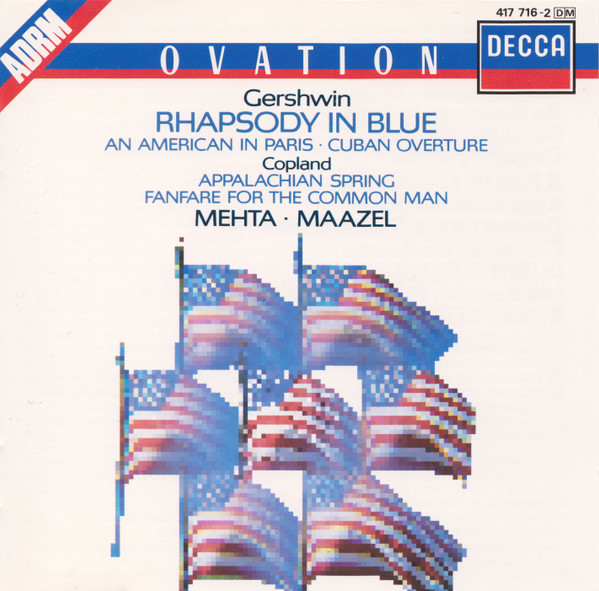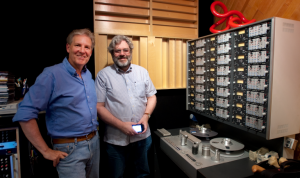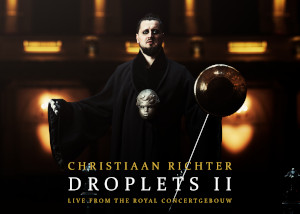Shostakovich: String Quartets: No 3 in F, Op. 71; No 8 in C minor, Op. 110. Novus Quartet. Aparte AP 271. TT: 54.19
It's one up, one down—and not as you might have expected, or hoped.
The five-movement F Major Quartet hovers uneasily, or schizophrenically, between Shostakovich's "traditional" style and his more angular, "modern" one. The first movement includes a fake-folk, irregularly stressed opening; a heavier second theme punctuated by mercurial outbursts. The following Moderato ma con moto and the bracing Allegro non troppo both feature ostinato accompaniments, the former "in five"; the latter movement comes to suggest a dissonant Holiday for Strings! The Adagio is a broad threnody answered by plaintive, desolate phrases, leading to a deep, rich outpouring from the cello. The closing Moderato has dissonant fugal contours, then moves into one of the composer's "carnival" themes.
The Novus players do a terrific job with this mercurial piece. They take the volatile first movement's shifts and irregularities in stride. The second movement's staccatos are delicate and unsettled; the third is incisively played. The cello outpouring in the Adagio is deep and warm; the finale's fugue is shapely. Everything is well tuned and rhythmically alert. Tempo and mood changes are executed with deft assurance; rubatos and unexpected chordal attacks are impressively unified. This may just be the best quartet rendition of this score since the Emerson Quartet's renowned version. (There's also a chamber-symphony arrangement by Rudolf Barshai, but I'm not sure I've heard it.)
After all that, the incomparable C minor Quartet is a letdown . Once again, the chordal bits are full and balanced; once again, hairpin dynamics are executed with a nice unanimity. The more incisive passages go well—I particularly liked the way the obsessive drive of the Allegro molto yields to a gently undulating, almost Hebraic-sounding theme. The Allegretto settles into a quirky minor-key waltz, with smooth, assured shifts between the changing meters. But the broad, spacious passages, akin to those in the composer's middle symphonies, fall flat. At the quartet's start, the contours are almost too clean: the mood is searching, but neither mysterious nor expectant. Similarly, the fifth movement, largely purged of vibrato, doesn't pull the listener along; it just sits there, inert.
The instruments are vividly placed in the recorded frame, with just enough ambience. The high violins can be slightly "toppy," so watch your volume.




